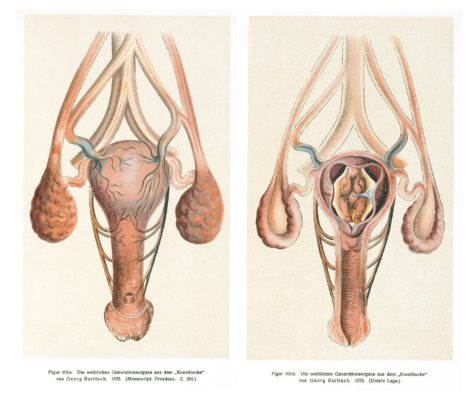
In February, I wrote about a story I never wrote. This is another one of those. Continue reading

In February, I wrote about a story I never wrote. This is another one of those. Continue reading
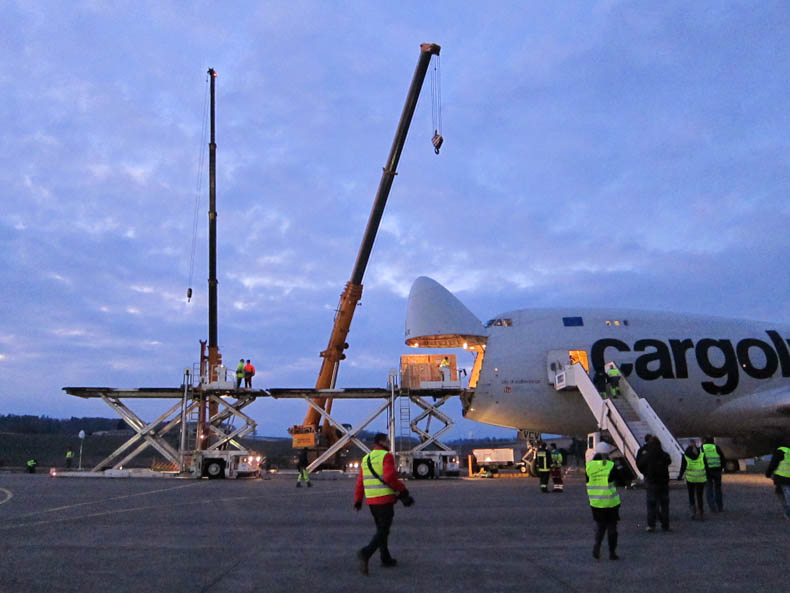
In the winter of 2013, I went on a not-very-successful reporting trip to Switzerland. I was writing about a solar airplane, the Solar Impulse, and got way less access to the project than I had expected.
But there was one highlight. After my odd tour of the hangar where the plane was being built, outside of Zurich, I caught a ride to the Payerne military airport, a couple of hours to the southwest, where the prototype of the plane, Solar Impulse HB-SIA, had been dismantled. The prototype had been put through a series of test flights. It proved that this crazy idea, a plane that flies using only the power of the sun, could actually work. When the test flights were over, the engineers figured it had just enough flying hours left in it to make a trip across the U.S., so the day after my visit, it was going to be flown to California.
The plane was definitely not up to the task of flying to California under its own power. It was going to travel in a Cargolux 747.
That’s Cargolux as in Luxembourg, not luxury, and Luxembourg was where the plane was flying in from. When the car pulled up, at 3 pm, people were lined up an artificial hill that paralleled the runway, waiting with their big cameras to capture the moment. The arrival of this plane was a major event for the local aviation enthusiasts. The last big aircraft to land there, the Solar Impulse PR person told me, was a C17 in 2007. So everyone who cared a lot about seeing odd planes on short runways had turned up. Continue reading
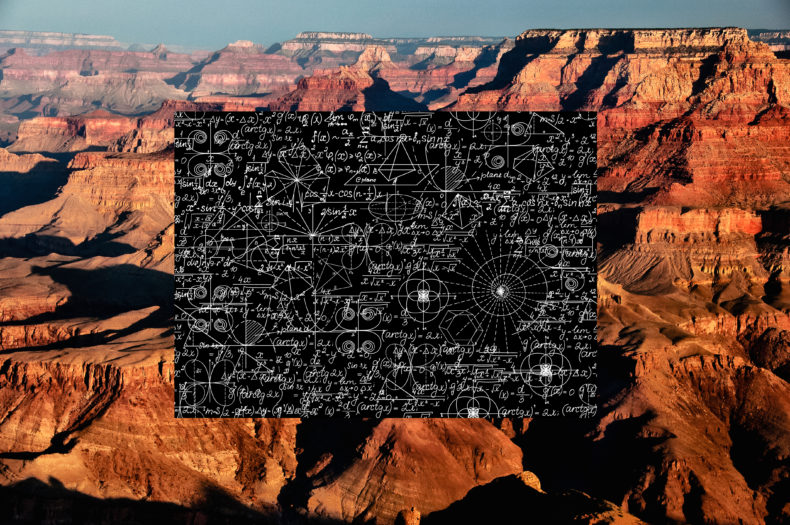
I leave today for a backpack with my two kids off the North Rim of the Grand Canyon. Per our usual, we are going without maps, compass, gps, or a trail. This is how we do it together, traveling by line of sight, letting geography show us the way out and back.
I used to come here with the now late George Steck, a pioneer Grand Canyon route-finder and a theoretical mathematician who worked at Sandia Labs in New Mexico. Without trails, we’d climb layer by layer through the canyon, reading stone like sheet music, lowering and raising our packs on ropes. The maps we carried were in our minds, topographic contours fitting into the convolutions of our brains. It’s how our species has moved for most of its evolution. Our map was always 1:1.
In his 70s, George moved slowly. Not painfully, just slowly. He took rests, palms spread on his thighs, the antiquated frame pack shoving at his old back. He used aluminum poles to help his balance. They clicked as they touched the next solid rock down. Continue reading
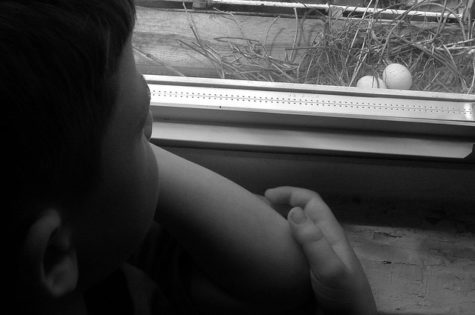 We came back from vacation earlier this month to find that someone else had moved in. I didn’t realize it at first—the house seemed just as we had left it, and we were busy emptying the car and starting the laundry and repopulating the house with the things we’d taken with us.
We came back from vacation earlier this month to find that someone else had moved in. I didn’t realize it at first—the house seemed just as we had left it, and we were busy emptying the car and starting the laundry and repopulating the house with the things we’d taken with us.
It was later, when two of the boys were in the bathtub, that I saw piles of bird poop around the floor in the dining room. The dining room is a small space underneath a greenhouse window, and it’s always attracted birds. I froze, wondering if I’d find a bird huddled in the corner. When I didn’t hear anything, I started looking around for a dead bird. I wanted to find it before the kids did. Their toys are in this greenhouse room, too, and I imagined the unhappy surprise of finding a still, small creature when you’re reaching for a wooden train track.
I crouched down to look closer. And that’s when I saw the tiny white ball beneath the table. Continue reading
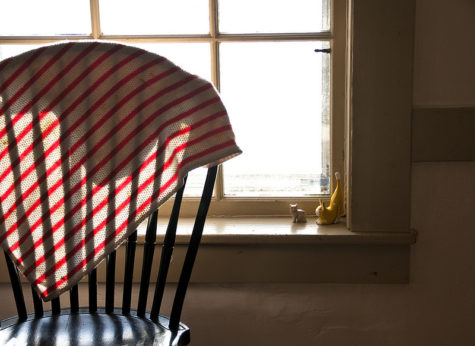
This week on LWON we dug into the archives and appreciated things. Things. Stuff. The material objects that surround us and give us something to look at, or use, or remember people by.
We kicked off the week with Former Person of LWoN Tom Hayden singing the praises of all sorts of not-very-impressive-technology that gets the job done.
No one grieves for a paper clip…except guest poster Nell Greenfieldboyce, who wrote with beauty and grace about finding office supplies on the sidewalk.
Helen has a lot of tea towels. A lot. Want to know why? Read on.
Guest poster Anne Sasso’s calculator keeps going…and going…and going, long beyond what one might expect to be its natural life.
Ann wrote about a wonderful, innovative, fascinating camera that people aren’t all that excited about anymore.
Photo: liz west
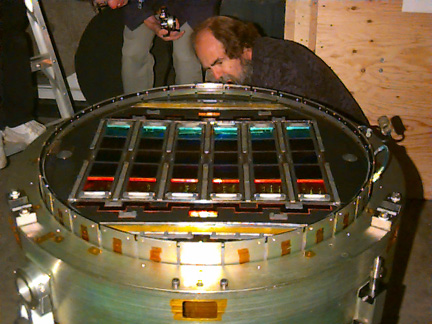 That’s Jim Gunn up there, concentrating on his camera. Jim’s camera shouldn’t really qualify for a week of posts celebrating uncelebrated technology because it was famous for quite a while. It was inventive and perfectly made and did something no camera had ever done: it digitized the sky. But like most new and wonderful technologies, the camera became just the first in a series of newer and more wonderful technologies. Now, 30 years later, it’s been warehoused; and it might as well be a tea towel, a paperclip, a pocket calculator, or any other old crap technology. Sigh. Click.
That’s Jim Gunn up there, concentrating on his camera. Jim’s camera shouldn’t really qualify for a week of posts celebrating uncelebrated technology because it was famous for quite a while. It was inventive and perfectly made and did something no camera had ever done: it digitized the sky. But like most new and wonderful technologies, the camera became just the first in a series of newer and more wonderful technologies. Now, 30 years later, it’s been warehoused; and it might as well be a tea towel, a paperclip, a pocket calculator, or any other old crap technology. Sigh. Click.
This post first ran on January 17, 2011.
Photo credit: Sloan Digital Sky Survey
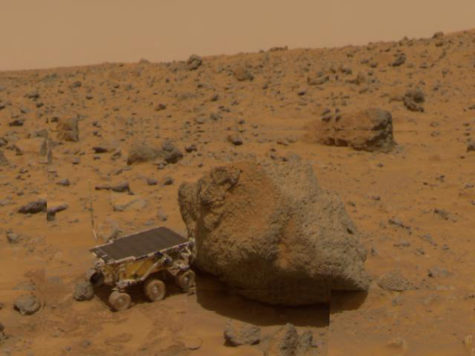 It is Thing Appreciation Week at LWON, where we bring you the Greatest Hits of our previous posts about inanimate objects.
It is Thing Appreciation Week at LWON, where we bring you the Greatest Hits of our previous posts about inanimate objects.
Anne Sasso wrote this post in January of last year celebrating her pocket calculator, which has stood by her for 40 years while planned obsolescence ate all of her other devices — and their replacements. Presenting: The Mars Rover of Calculators.
Image: Sojourner licks a rock called Yogi. Photo by Mars Pathfinder (NASA).
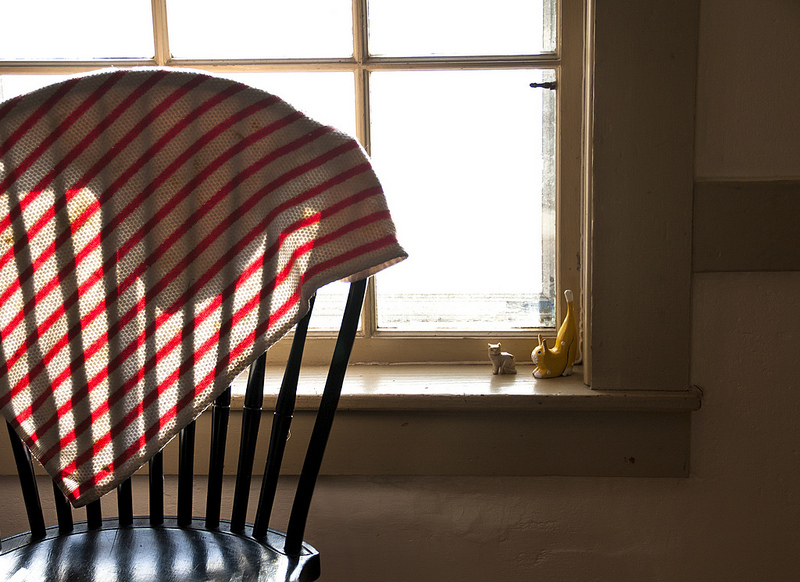 This week LWON reminds you of all the mundane, unimpressive, uncelebrated things that are nevertheless worth celebrating.
This week LWON reminds you of all the mundane, unimpressive, uncelebrated things that are nevertheless worth celebrating.
The advice of early mentors often has unexpected weight; we keep following it long after we’ve grown up and become mentors ourselves. Helen’s first mentor in journalism, the excellent Joanne Silberner, gave her advice about the complex and subtle job of foreign correnspondence. And that’s how Helen ended up with all those tea towels.
This first ran Jan. 14, 2016: Memories in My Kitchen.
_______
Photo: liz west